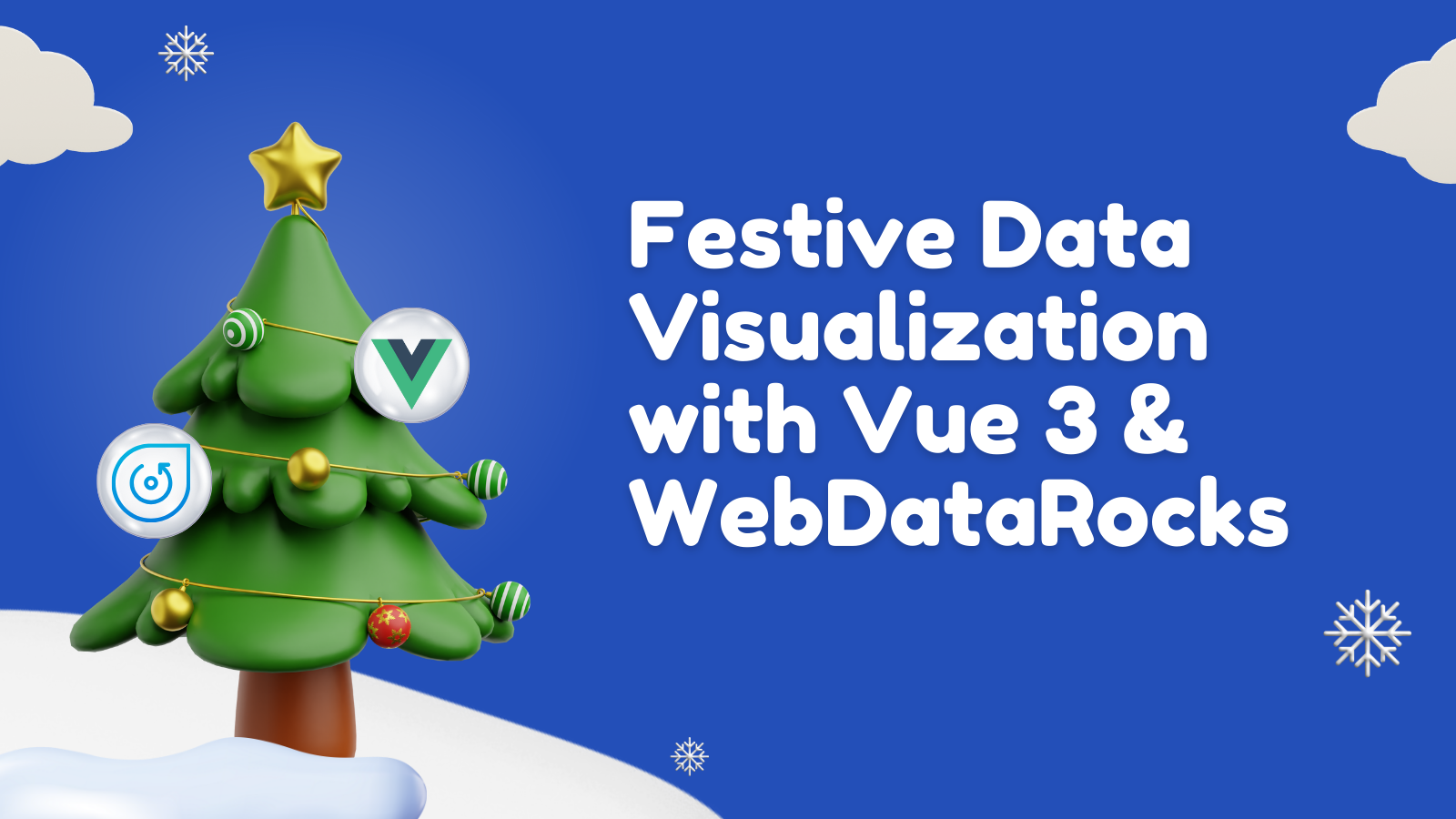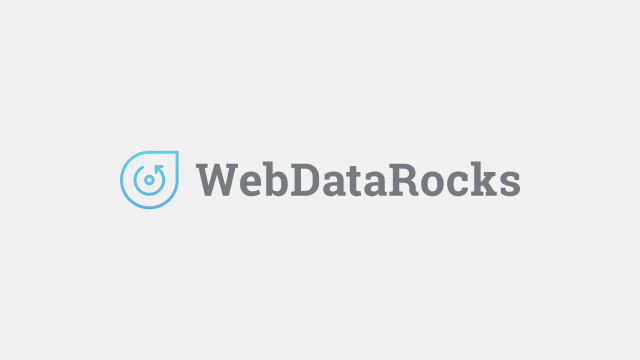
The Future of Data Visualization: Predictions and Trends for 2023 and Beyond
In this article
Data visualization is transforming how we understand complex information. By translating data into visual formats, we can uncover hidden patterns, make informed decisions, and communicate insights effectively. This article explores emerging trends in data visualization, including the role of AI, interactive experiences, and real-time insights.
Have you ever found yourself staring at a massive spreadsheet, feeling overwhelmed and unsure of where even to begin? I certainly have. As someone who works with data, I know the importance of interpreting it accurately. However, the sheer amount of data can be daunting. That’s where data visualization comes in.
Data visualization is the art of representing data visually, allowing you to explore and understand information more easily. It’s a way of presenting data in a way that is intuitive, engaging, and, most importantly, easy to understand.
It helps people make sense of large amounts of data and quickly identify trends and patterns. Data visualization has been around for centuries, but it has come a long way from the simple bar graphs and pie charts of the past. In this blog post, we will explore the future of data visualization and make some predictions about the trends that will shape this field in 2023 and beyond.
In the early 19th century, John Snow was a physician in London. He noticed that cholera outbreaks were happening more frequently in certain areas of the city. Snow created a map that visually represented where the outbreaks were occurring. By analyzing the map, he was able to identify the source of the cholera outbreak, a contaminated water pump. Thanks to Snow’s use of data visualization, he was able to save countless lives.
Fast forward to today, and data visualization is more important than ever. With the amount of data being generated every day, it’s becoming increasingly difficult to analyze and interpret it accurately. That’s why we need data visualization tools that can help us make sense of it all. Here are some predictions and trends for the future of data visualization.
Artificial Intelligence and Machine Learning
Artificial intelligence (AI) and machine learning (ML) are two technologies that are poised to transform the field of data visualization in the coming years. With AI and ML, data visualization tools will be able to analyze vast amounts of data and identify patterns and trends that would be impossible for humans to detect. In fact, according to a report by MarketsandMarkets, the global market for AI in the data visualization industry is expected to reach $5.5 billion by 2022.
Interactive Visualization
Interactive visualization is a trend that has been gaining momentum in recent years, and it is set to continue in 2023 and beyond. Interactive visualization allows users to manipulate and explore data in real time, allowing them to gain insights that would be impossible with static visualizations. In fact, a survey conducted by Tableau revealed that 90% of data professionals consider interactive visualization to be essential for understanding and analyzing data.
Virtual and Augmented Reality
Virtual reality (VR) and augmented reality (AR) are technologies that have been gaining popularity in recent years. These technologies have the potential to revolutionize data visualization by creating immersive experiences that allow users to interact with data in new ways. According to a report by AR Insider, the global market for AR in the enterprise is expected to reach $17.8 billion by 2023.
Data Storytelling
Data storytelling is the practice of using data to tell a story, making it more engaging and accessible to a wider audience. With the rise of big data, data storytelling will become increasingly important. According to a survey by Tableau, 70% of business intelligence professionals believe that storytelling with data is an essential skill.
Real-time data visualization
One of the trends we can expect to see in the future of data visualization is real-time data visualization. Real-time data visualization allows users to see data as it is being generated, providing instant insights and enabling quick decision-making. According to a report by MarketsandMarkets, the real-time data visualization market is expected to grow from $1.1 billion in 2018 to $1.9 billion by 2023.
Tools like Power BI and Tableau are already offering real-time data visualization capabilities. With these tools, users can create dashboards and reports that update in real time, giving them the ability to make decisions quickly. If you are looking for a Power BI expert to help with data visualization for your business, you can use the Power BI online test to find the best-fit candidates.
Personalization
Personalization is another trend that is set to shape the future of data visualization. With personalization, users will be able to customize their data visualizations to suit their individual needs and preferences. For example, users may be able to choose the colors and fonts used in their visualizations or select the data points that are displayed.
In conclusion, the future of data visualization is full of possibilities. With AI and ML, interactive visualization, VR and AR, and data storytelling, data visualization tools will become even more powerful and effective at communicating complex information to a wide audience. As the amount of data being produced continues to grow, data visualization will become an essential tool for understanding and interpreting this data.
What else to read?
- Best JavaScript frameworks for 2021
- List of Top Database Management Software
- Top resources every developer should read
- Developer’s choice: an overview of the best front-end frameworks in 2020
- Best Code Editors For Web Development – The Ultimate Latest List


